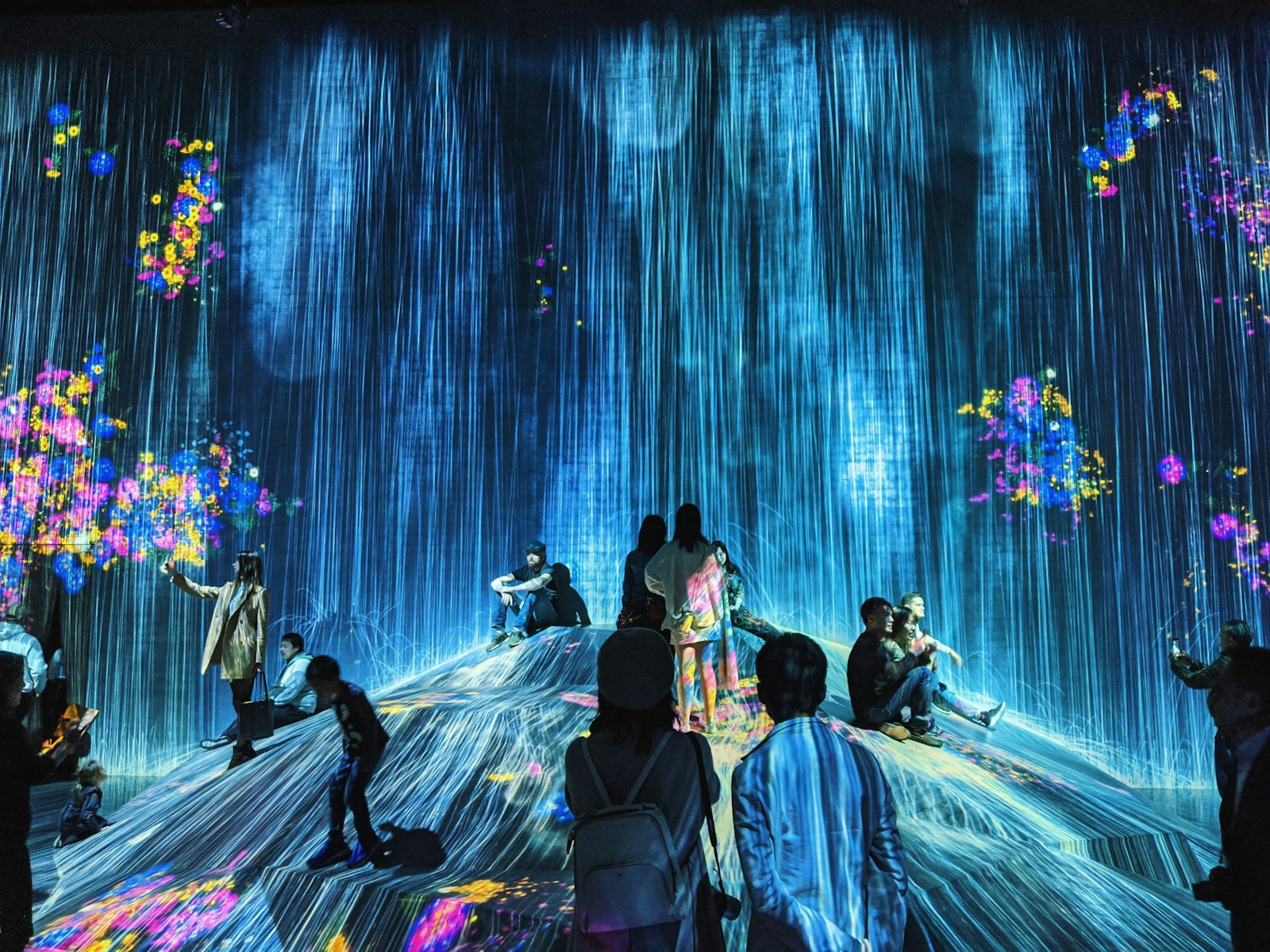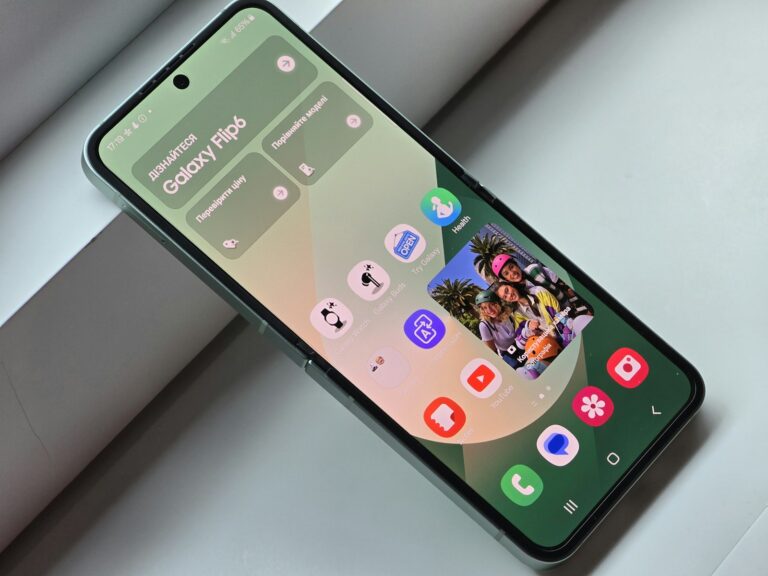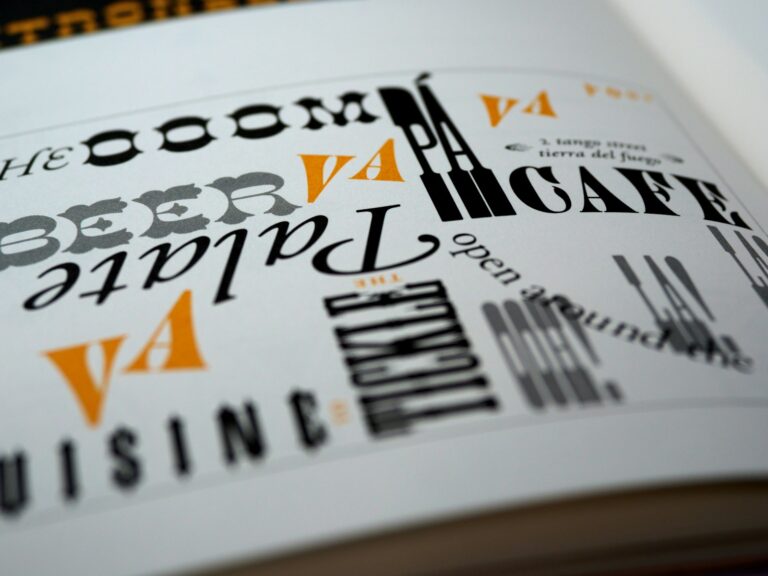
Creating dramatic lighting setups inspired by the iconic aesthetic of Death Note can transform your photography or videography. The stark contrasts and shadows seen in the anime help build tension and highlight character emotions. The key to capturing Kira’s dramatic lighting style lies in using top-down lighting with strong contrast ratios that create defined shadows across the subject’s face.
This lighting technique emphasizes psychological intensity, perfect for portraying complex characters like Light Yagami, who appears as both protagonist and antagonist in his role as Kira. By mastering these dramatic lighting principles, you can evoke the same sense of moral ambiguity and psychological depth that made Death Note so compelling. You can achieve this look with simple equipment and proper positioning.
To recreate this effect, you’ll need to understand how light creates shadows that symbolize the duality of justice and morality central to Kira’s character. The top-down lighting setup creates dramatic shadows under the brow, nose, and chin—perfect for portraying characters with complex motivations or for cosplay photography of Light Yagami.
Dramatic lighting can completely transform your digital artwork — adding mood, depth, and focus. In Krita, you can achieve this through careful planning, layer blending, and brush control.
1. Start with a Clear Light Concept
Before painting, decide:
- Where is your light source? (Above, side, behind, etc.)
- What type of light is it? (Soft daylight, harsh spotlight, candlelight?)
- What’s the mood? (Mysterious, heroic, peaceful?)
Sketch your composition and lightly indicate where the light hits your subject. Think in terms of light shapes — not lines.
2. Block in Basic Values
Use grayscale first to define light and shadow clearly:
- Create a base layer for local colors.
- Add a new layer above it set to Multiply mode for shadows.
- Use a soft round brush to paint shadow areas, focusing on form and direction.
💡 Tip: Keep shadows unified — avoid too many different tones early on.
3. Add the Main Light Source
Now, add your key light:
- Create a new layer set to Overlay or Soft Light.
- Use a warm color (like orange or yellow) for warm lights, or cool tones (blue, violet) for colder scenes.
- Paint softly where the light hits the subject most directly.
You can also experiment with Add (Glow) mode to boost intensity for highlights.
4. Enhance with Secondary Lights and Reflections
To make lighting more dynamic:
- Add rim lights or bounce lights from nearby surfaces.
- Use a small, hard brush with a bright color on a new Add (Glow) layer for sharp highlights.
- Subtly glaze over shadow edges with a low-opacity brush to simulate light diffusion.
5. Deepen Shadows and Contrast
Dramatic lighting relies on strong contrasts:
- Use Multiply layers to darken areas that should fall into deep shadow.
- Avoid pure black — mix in color (e.g., dark blue or purple) for richer shadows.
- Use Color Dodge layers sparingly to make focal points pop.
6. Add Atmospheric Effects
For added realism:
- Create a new layer above all and apply a Gaussian Blur to a soft light glow.
- Use Gradient Maps to unify lighting color schemes.
- Add fog, dust, or smoke layers with low opacity brushes to soften transitions.
7. Fine-Tune with Adjustment Layers
Use Krita’s adjustment filters to polish your lighting:
- Levels or Curves to deepen contrast.
- Hue/Saturation to tweak color balance.
- Color Balance to shift overall mood (warm vs. cool lighting).
8. Final Polish
Zoom out and check:
- Does the light guide the viewer’s eye?
- Are the forms readable?
- Is there a clear focal point?
If needed, use a vignette (soft darkening around edges) to push focus toward the center.
✅ Summary
| Step | Action | Layer Mode |
|---|---|---|
| 1 | Sketch & plan light | Normal |
| 2 | Block shadows | Multiply |
| 3 | Add main light | Overlay / Soft Light |
| 4 | Add highlights | Add (Glow) |
| 5 | Deepen contrast | Multiply |
| 6 | Add atmosphere | Normal / Soft Light |
| 7 | Adjust colors | Adjustment Layers |
🔗 Helpful Resources
- Creative Bloq: How to Build Dramatic Light in Krita
- Krita User Manual
- Graphic Design Resource: Realistic Lighting Effects in Krita
Key Takeaways
- Position your main light source above your subject to create defined shadows that enhance psychological intensity and drama.
- Use a high contrast ratio between highlights and shadows to capture the moral complexity central to Death Note’s themes.
- Incorporate subtle rim lighting to separate your subject from dark backgrounds while maintaining the ominous mood that defines Kira’s presence.
Understanding Kira’s Concept in ‘Death Note’
Kira represents a complex character study in morality and power within the Death Note universe. This alter ego became both a symbol of fear and hope, depending on one’s perspective on justice.
The Origin and Meaning of Kira
The name “Kira” wasn’t self-chosen by Light Yagami but was created by the public after witnessing the wave of criminal deaths. This name derives from the English word “killer,” reflecting how Japanese pronunciation adapted the term.
When you examine Light Yagami’s transformation, you’ll notice how the Death Note corrupts his sense of self. Initially a brilliant student, Light adopts the Kira persona as a righteousness-driven vigilante aiming to cleanse society.
Interestingly, when Light temporarily relinquishes his memories of being Kira, his personality dramatically shifts. This suggests that Light and Kira, while the same person, represent different aspects of his character.
The Shinigami’s supernatural notebook serves as the catalyst for this transformation, turning Light’s abstract ideas about justice into deadly reality.
Kira’s Ideology and Justice
Kira’s concept of justice is both simple and extreme: criminals deserve death. As Light Yagami embraces the Kira identity, he develops a goal to create a new world free of injustice, populated only with people he deems worthy.
You can observe how Kira’s philosophy operates on these key principles:
- Fear as control: Using public executions to deter crime
- Godlike judgment: Positioning himself as the ultimate arbiter of right and wrong
- Utilitarian approach: Justifying mass murder as necessary sacrifice for greater good
This ideology reveals how Light transforms from a justice-seeking student into what many would consider a sociopath. The series explores whether the ends justify the means through Kira’s actions.
What makes Death Note compelling is how it forces you to question your own moral boundaries. Light and Kira become one and the same, with Kira representing an amplified version of Light’s negative traits – his pride, arrogance, and absolutism.
Character Analysis and Development
The transformation of Light Yagami into the infamous Kira involves complex psychological shifts and character design elements that reveal deeper truths about power and morality.
Light Yagami’s Transformation into Kira
When you examine Light’s journey, you notice his transformation begins with idealistic intentions. As a brilliant student with top grades, Light initially finds the Death Note and sees an opportunity to create a new world free of injustice. His character design cleverly reflects this duality—neat appearance and charming demeanor masking growing darkness.
The change happens gradually. Light moves from targeting only violent criminals to eliminating anyone who opposes his vision. This progression isn’t accidental—it demonstrates how power corrupts even the most principled minds.
When Light temporarily loses his memories of the Death Note, you see glimpses of his original self. This contrast emphasizes how deeply the Kira persona has altered his fundamental character. The separation between Light and Kira becomes more distinct over time.
Psychological Analysis of Kira
Looking at Kira through a psychological lens reveals troubling patterns. You can identify clear sociopathic tendencies in his behavior:
- Lack of empathy: Kira dismisses human life as disposable
- Grandiose sense of self: Believes he alone should judge humanity
- Manipulative nature: Uses others as tools, discarding them when no longer useful
The absence of guilt becomes increasingly apparent as the story progresses. What begins as an ideal rather than a person evolves into a complete worldview.
His relationship with Shinigami further warps his perspective. By associating with death gods, Light begins seeing himself as above human morality—a god-like arbiter of justice rather than a human bound by ethical constraints.
The chessmaster mentality he develops represents his view of life as a strategic game where people are merely pieces to be sacrificed for his ultimate goal.
Narrative Arcs and Key Events
Death Note’s story follows key dramatic phases where Light Yagami operates as Kira. These narrative arcs showcase how the power of the Death Note transforms both Light and his surroundings while creating distinct lighting needs for visual storytelling.
The Yotsuba Arc: Kira’s Absence
When Light relinquishes ownership of the Death Note, the Yotsuba Arc creates a unique lighting challenge for visual storytelling. You need to build dramatic light that reflects Light’s dual nature—an innocent team member during this phase while viewers know his past as Kira.
Use side lighting to create partial shadows across Light’s face when he’s working with L. This technique helps convey his temporary “innocence” while hinting at his hidden nature.
The handcuffs connecting Light and L provide excellent opportunities for metallic light reflections. Position key lights to create small highlights on these props that draw subtle attention to their symbolic connection.
For scenes featuring the Yotsuba Group meetings, implement harsh overhead lighting on the executives to visualize corruption, contrasting with the softer, more technical lighting of the investigation team’s headquarters.
Kira’s Conflict with Rivals and Allies
After regaining the Death Note, Light’s conflicts with Near, Mello, and his own allies require distinct lighting approaches. Your lighting should evolve as Light manipulates Teru Mikami and Kiyomi Takada.
Create dramatic backlighting when Light issues commands to Mikami, establishing a god-like presence. The light should illuminate Light from behind while keeping his face partially shadowed to symbolize his hidden intentions.
During Kira worship scenes, use diffused golden light to create an almost religious atmosphere. This lighting choice reinforces the cult-like following Light has cultivated.
For confrontations with Near and Mello, implement contrasting color temperatures—warm tones for Kira’s side and cool blues for his rivals. This visual division helps viewers track the psychological warfare at play.
When Light calculates his next moves against his rivals, use a single focused light source to create dramatic shadows across written plans or the Death Note itself, emphasizing the weight of each victim added to his list.
The Role of Secondary Characters
The characters surrounding Light Yagami significantly shape the dramatic tension in the Kira storyline, providing both contrast and complexity to the main narrative.
Misa Amane: Kira’s Accomplice and Victim
Misa Amane serves as both a powerful tool and a vulnerability in Light’s journey as Kira. When you analyze her character, you’ll notice how her devotion to Light creates narrative tension. Her possession of the second Death Note and the Shinigami Eyes gives her unique powers that Light himself lacks.
Despite these advantages, Misa’s emotional attachment to Light positions her as a victim of manipulation. Her willingness to sacrifice half her lifespan twice for the Shinigami Eyes demonstrates her tragic devotion.
You can observe how Misa’s family background—losing her parents to criminals—fuels her unwavering support for Kira’s mission. This personal trauma makes her loyalty believable while adding emotional depth to the storyline.
The Shinigami Influence: Ryuk and Rem
The Shinigami play crucial roles in developing the dramatic light and dark contrasts in Kira’s story. Ryuk, with his detached amusement, serves as an observer who introduces chaos simply because he’s bored with the Shinigami realm.
Rem, conversely, demonstrates how even death gods can form attachments. Her protection of Misa creates significant plot complications for Light’s plans.
You’ll notice how the Shinigami’s supernatural powers establish the rules and limitations that drive the narrative tension. Their ability to kill with the Death Note but restriction against directly interfering creates the perfect dramatic framework.
The visual contrast between these death gods and the human world highlights the moral boundaries Light crosses in his quest to become a deity on Earth.
Thematic Elements and Symbolism
The dramatic lighting in Krita works beyond mere aesthetics to enhance storytelling through powerful visual symbolism. Your art can convey complex themes through deliberate lighting choices that highlight moral contrasts and cultural significance.
Justice, Morality, and Guilt
When creating dramatic lighting in Krita, consider how light and shadow can represent moral dualities. You can use stark contrasts to symbolize the battle between justice and injustice in your artwork. This technique is similar to how Light Yagami’s character in Death Note uses the motif of light versus darkness to represent his conflicted morality.
Try using a spotlight effect on your main subject while keeping antagonistic elements in shadow. This visual separation creates immediate emotional impact and helps viewers understand the moral landscape of your piece without explicit explanation.
Guilt can be portrayed through fragmented lighting—create patches of light falling across a character’s face to show inner conflict. Use the dodge and burn tools in Krita to enhance these effects after establishing your base lighting.
Cultural Perception and Influence of Kira
Your lighting choices can reflect cultural interpretations of characters or situations. In Japanese manga aesthetics like Death Note, light often symbolizes both divine judgment and dangerous pride. The apple symbolism frequently used in Death Note demonstrates how simple objects can carry powerful cultural meaning when highlighted properly.
When building dramatic lighting, consider how different cultures might perceive your light sources. Western audiences might interpret heavenly light from above differently than Eastern viewers. This awareness helps your artwork communicate across cultural boundaries.
You can use red-tinted lighting to suggest the heart attack deaths associated with Kira, creating an immediate sense of danger and power. This technique works especially well when contrasted with cooler, more innocent lighting for victims or investigators.
In scenes depicting worship or reverence, try directing rays of light toward the venerated figure while keeping followers in partial shadow. This lighting hierarchy establishes power relationships visually without needing explicit explanation.
Artistic Aspects of ‘Death Note’
The visual style of “Death Note” sets it apart from other anime and manga with its distinctive character designs and masterful use of lighting. The series creates a unique atmosphere that enhances the psychological battle between Light Yagami and L.
Character Design and Visual Storytelling
The character designs in “Death Note” effectively communicate personalities through visual cues. Light Yagami’s neat appearance and calculated expressions contrast sharply with L’s disheveled look and hunched posture. These visual differences immediately tell you about their opposing personalities and approaches.
Notice how the manga artist Takeshi Obata uses facial expressions to convey complex emotions. When Light transforms into Kira, his eyes often take on a reddish glow, symbolizing his descent into darkness.
The visual storytelling extends to environments too. The sterile, organized spaces Light occupies versus the chaotic, shadow-filled rooms where L works reinforce their character traits. These design choices aren’t random—they help you understand the characters without needing excessive dialogue.
The Use of Lighting to Build Drama
Lighting serves as a powerful storytelling tool throughout “Death Note.” You’ll notice how scenes featuring Light Yagami often employ dramatic lighting to emphasize his transformation from student to killer.
When Light uses the Death Note, harsh shadows frequently fall across his face, creating a split-light effect that symbolizes his dual nature. This technique visually represents his transformation into a ruthless murderer.
The anime particularly excels at using color to build tension. Red tones dominate Kira’s scenes, while cool blues surround L’s appearances. These color choices aren’t simply aesthetic—they help you subconsciously track the moral positioning of characters.
During pivotal moments, dramatic backlighting creates silhouettes that heighten the psychological intensity. This lighting technique makes ordinary actions like writing in a notebook feel ominous and significant.
Frequently Asked Questions
Creating dramatic lighting in Krita involves understanding key principles of light behavior, shadow placement, and color manipulation. Mastering these techniques allows artists to create compelling visual narratives through effective use of contrast and mood.
What are the essentials of creating dramatic lighting effects in animated productions?
In animated productions, dramatic lighting starts with establishing a clear light source direction. You need to maintain consistency with this light source throughout your frames.
Color temperature plays a crucial role—warm lights create intimate or tense scenes, while cool lights evoke mystery or calm. Try using the color adjustment layers in Krita to fine-tune these effects.
Strong contrast between light and dark areas creates tension and visual interest. Don’t be afraid to push these contrasts further than reality for dramatic effect.
How can one achieve a Kira-esque dramatic illumination in theatrical performances?
For theatrical lighting with Kira-inspired drama, focus on single-source lighting techniques. This creates sharp shadows and defined silhouettes that capture attention.
Consider using side or rim lighting to highlight character outlines against darker backgrounds. This technique emphasizes form and creates visual separation.
Color gels can transform ordinary lights into emotionally charged illumination. Red creates tension, blue suggests mystery, and amber conveys warmth.
What techniques should be applied to accomplish dramatic lighting in visual storytelling?
In visual storytelling, use light direction to guide the viewer’s eye to important elements. Top-down lighting creates intimidating shadows, while upward lighting suggests something ominous or supernatural.
Contrast between light and shadow helps define the emotional tone of your scene. Higher contrast generally creates more tension and drama.
Try blocking out your composition early to determine where light will fall, then refine the details within this framework.
Can you describe the process of manipulating light and shadow to enhance dramatic effect?
Start by figuring out your light source placement and direction—this determines where shadows fall. Multiple light sources create more complex, sometimes conflicting shadows.
Use shadow edge quality to communicate information. Hard shadows suggest bright, direct light, while soft shadows indicate diffused lighting situations.
Don’t forget about bounce light—the reflected illumination that softens shadows in real environments. Selectively including or omitting this can heighten drama.
What are the best practices for designing dramatic lighting setups in cinematography?
For cinematic dramatic lighting, consider using practical lights within your scene—lamps, screens, or windows. These provide both illumination and visual interest.
The three-point lighting system (key, fill, and rim lights) gives you control over highlight and shadow relationships. Try turning off all room lights and working with a single window for natural drama.
Experiment with lighting ratios. A high ratio (bright highlights, dark shadows) creates more drama, while lower ratios feel more natural but less striking.
How does one control the intensity and angle of light to achieve a dramatic atmosphere?
Light intensity directly impacts mood—brighter lights create clarity while dimmer lighting builds mystery. You can control this using opacity settings in digital tools like Krita.
The angle of your light source communicates different emotions. Low-angle lighting feels threatening, while high-angle lighting can appear divine or judgmental.
Distance between light source and subject affects falloff—how quickly light transitions to shadow. Closer lights create harder shadows with more defined edges for increased drama.






